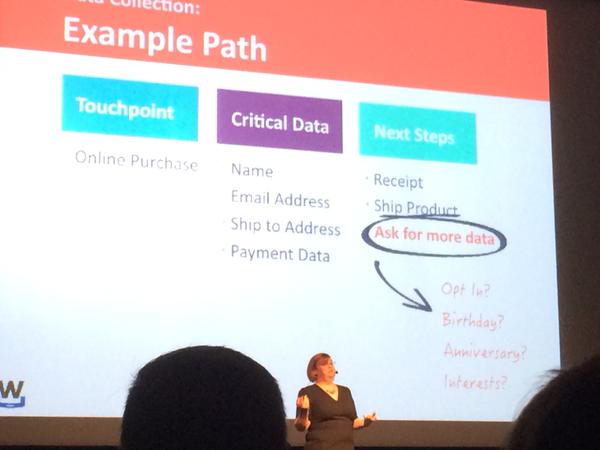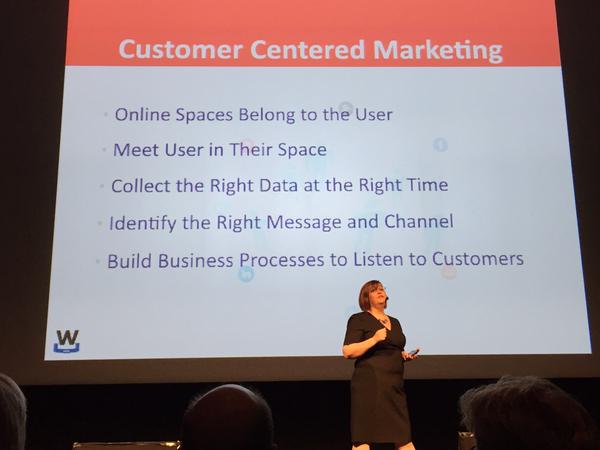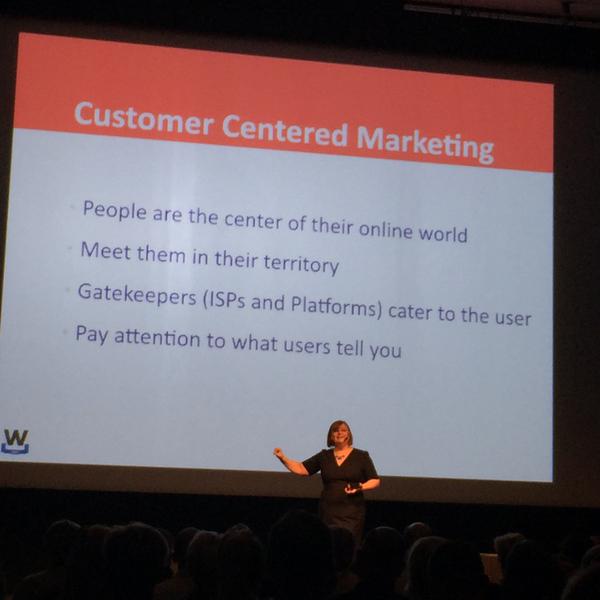#EME15 and visiting Stockholm
Last month I had the pleasure of presenting a couple talks to APSIS customers at their Email Marketing Evolved conference in Stockholm. The first talk was about deliverability and how it’s changed over the years. The second was about looking at the future of email and communicating with users online as we move forward in the digital world.
The rest of the post is going to be a bit photo heavy, so here’s a cut tag.
A number of folks posted shots and tweets during my Keynote.
@mariannefalck tweeted “Collect only the data you need.”
@MagneBjella tweeted this shot.
@liza_lane tweeted about Customer Centered Marketing
All in all, it was a good trip. I was very impressed with the folks at APSIS. They ran a very professional conference (2 actually!). And all that staff I talked to about deliverability seemed to understand how important deliverability was for their customers.
We did get a couple days to do some touristing, most of which involved walking around downtown and visiting some of the Palaces in and out of town. I didn’t have my good camera gear with me, but did take some acceptable photos with my iPhone 5s. I’ve published some of the shots on my flickr feed.